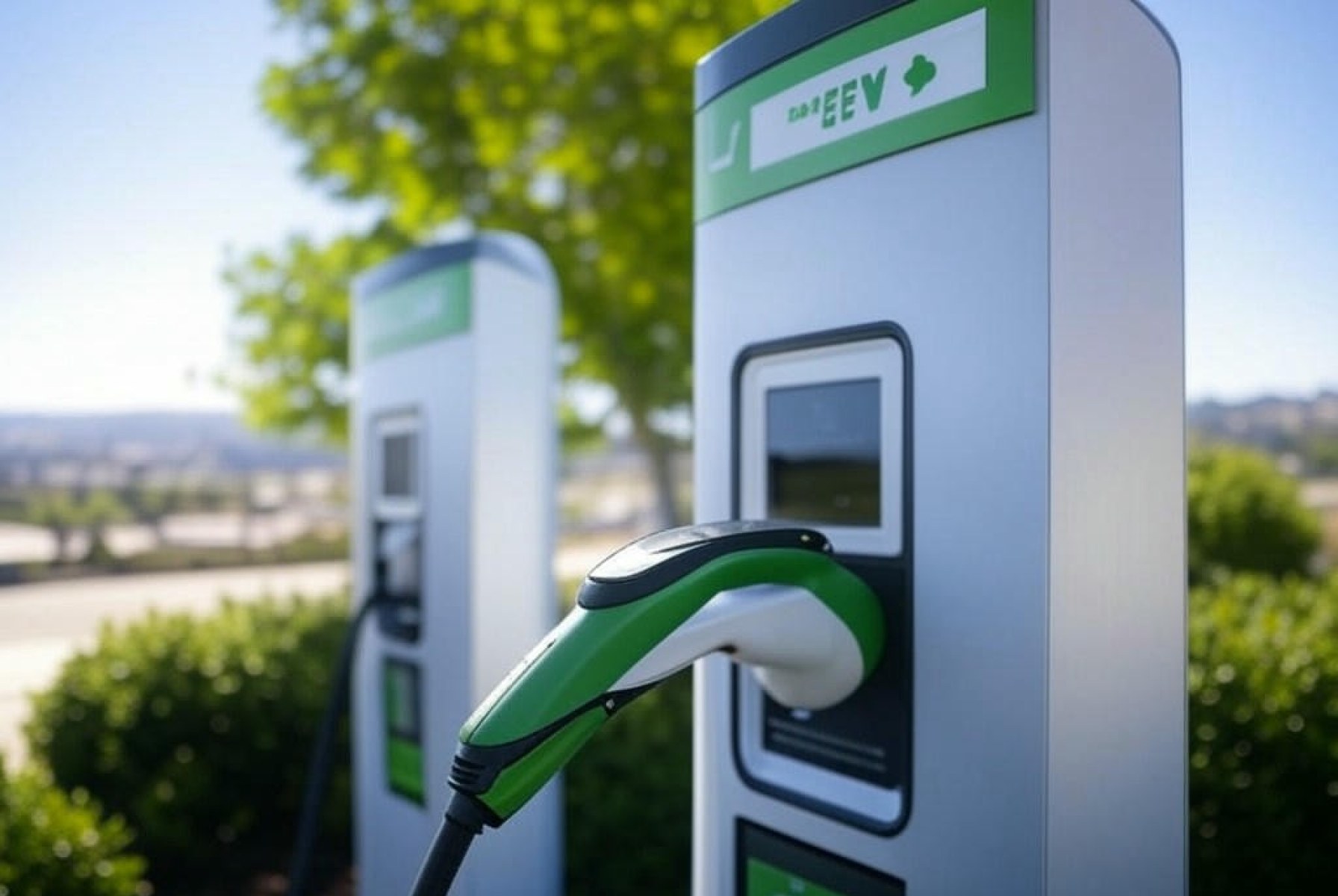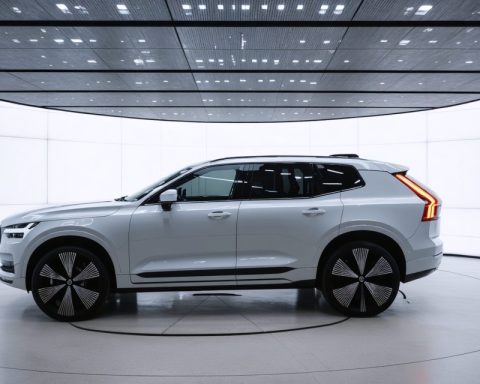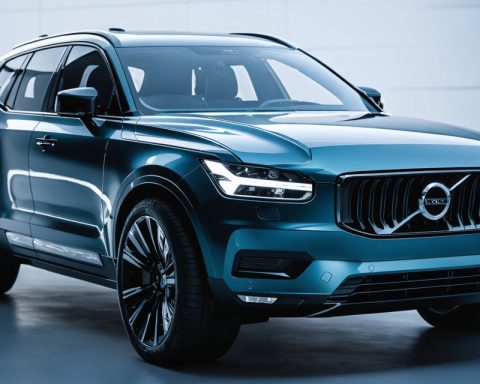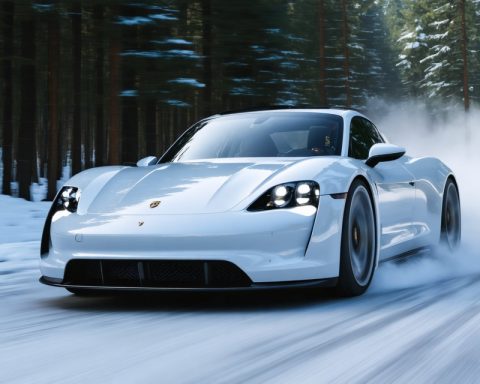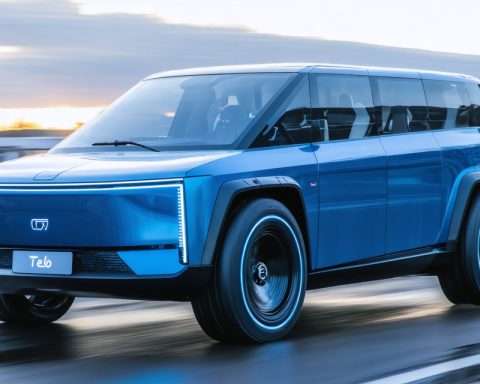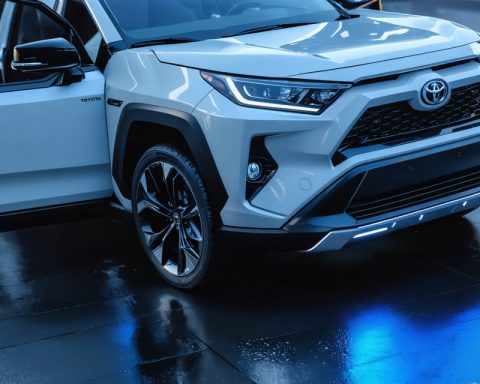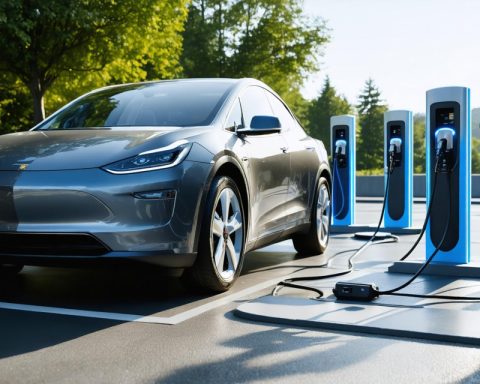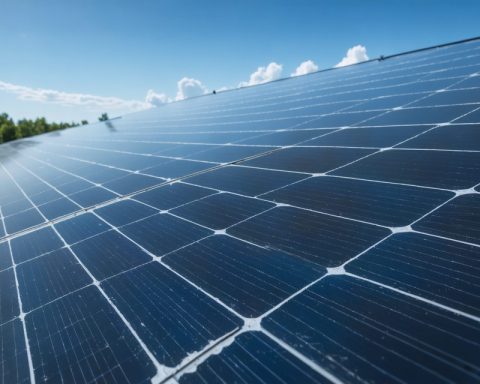- California is leading in EV adoption with 2.2 million plug-in hybrids and electric vehicles registered.
- The state boasts 178,549 public and shared private EV chargers, surpassing its 120,000 gas nozzles.
- Approximately 10% of these chargers are fast Level 3 chargers, enhancing charging speed and convenience.
- The California Energy Commission’s $1.4 billion investment plan aims to further expand EV infrastructure.
- Governor Gavin Newsom promotes cleaner, more efficient travel despite political challenges from fossil fuel interests.
- In addition to public chargers, over 700,000 private Level 2 chargers are part of California’s electric shift.
- California’s ambitious EV commitments highlight a future where green energy is a present reality, shaping cleaner transportation.
California’s landscape is rapidly shifting, not just through its dynamic cities and sprawling coastline, but on its roads where the hum of electric vehicles (EVs) is becoming more resonant. The California Energy Commission (CEC) announced a stunning transformation: the state now boasts a remarkable 178,549 public and shared private EV chargers, a figure that dwarfs the approximately 120,000 gas nozzles dotting its terrain.
These chargers are predominantly Level 2, but 10% possess the swift power of Level 3 fast charging. This evolution mirrors California’s leadership in EV adoption, with a staggering 2.2 million plug-in hybrids and electric vehicles registered. As a result, about 26% of cars traversing California roads in 2023 relied on plug-in power, and the numbers are poised to grow.
Envision driving down the Pacific Coast Highway with endless charger options—a notion that wasn’t even a dream a decade ago. This vision forms the blueprint of California’s ambitious $1.4 billion investment plan in EV infrastructure, even as national politics wrestle with fossil fuel interests. Governor Gavin Newsom’s administration remains undeterred, pushing for cleaner, quicker, and more efficient travel experiences, particularly in areas once deemed inaccessible.
Private home EV chargers, though not included in these figures, add an unseen layer to the grid. Over 700,000 Level 2 private chargers power Californian garages, quietly lending their strength to the electric shift.
The key takeaway? California’s commitment to eco-friendly infrastructure not only sets a precedent but paints a vivid picture of innovation and determination. As more chargers pop up and electric vehicles hum along scenic routes, California signals a future where green energy isn’t just an ideal—it’s a present reality. Whether a driver embraces the quiet glide of an EV today or plans for tomorrow, the path ahead in the Golden State is undeniably electric.
The Electrifying Future: How California is Leading the EV Revolution
Unveiling California’s EV Transformation
California is at the forefront of a monumental shift towards electrification, not only in its bustling urban centers and scenic coastlines but also across its transportation network. The California Energy Commission (CEC) has revealed an astounding advancement: the state has installed 178,549 public and shared private EV chargers, surpassing the approximately 120,000 gas nozzles spread across its expansive terrains. This marks California as a leader in electric vehicle (EV) adoption, with its roads hosting 2.2 million registered plug-in hybrids and electric vehicles by 2023. About 26% of vehicles in the state now rely on plug-in power.
How the Numbers Break Down
– Charger Types: The majority of these chargers are Level 2, delivering moderate charging speeds ideal for daily top-ups, while 10% are Level 3 fast chargers for quicker power-ups.
– Home Charging: An often overlooked aspect is the widespread use of private home chargers. California boasts over 700,000 Level 2 chargers in homes, reinforcing the state’s commitment to electrification beyond just public infrastructure.
EV Infrastructure Investment
California is dedicated to fostering this growth with a bold $1.4 billion investment plan aimed at expanding EV infrastructure. This strategy supports the vision of ubiquitous charging availability, ensuring that EV drivers can traverse the state seamlessly.
How to Navigate California as an EV Driver
1. Download EV Charging Apps: Apps like PlugShare or ChargePoint can help locate charging stations and check real-time availability.
2. Plan Long Travels: Incorporate charging stops in itineraries, especially on routes like the Pacific Coast Highway.
3. Utilize Incentives: Take advantage of California’s incentives for EV purchases and home charger installations.
Market Forecast and Trends
1. Growth Projections: By 2030, the number of registered EVs in California is expected to triple, necessitating a corresponding increase in charging infrastructure.
2. Technological Advancements: The rise in ultra-fast (Level 3 and 4) chargers will cater to the needs of future electric vehicles with larger battery capacities and longer ranges.
Controversies and Limitations
– Rural Accessibility: Despite California’s advances, rural areas still face challenges with charger availability, which can deter potential EV users.
– Grid Reliability: The increase in EVs poses demands on electricity grids, requiring upgrades and innovations to prevent outages.
Recommendations for Future EV Owners
– Consider Vehicle Range: Select an EV model with a range that fits your lifestyle, particularly if frequent long-distance travel is expected.
– Install Home Chargers: For convenience, invest in a Level 2 home charger to ensure your vehicle is always ready to go.
Conclusion: Driving Into a Sustainable Future
California’s pioneering efforts epitomize a future powered by green energy, creating a sustainable and efficient travel landscape. Whether transitioning today or planning for the future, residents and visitors alike can take advantage of the state’s ever-growing network of chargers and incentives.
For more insights into energy solutions and innovations, visit the California Energy Commission.
